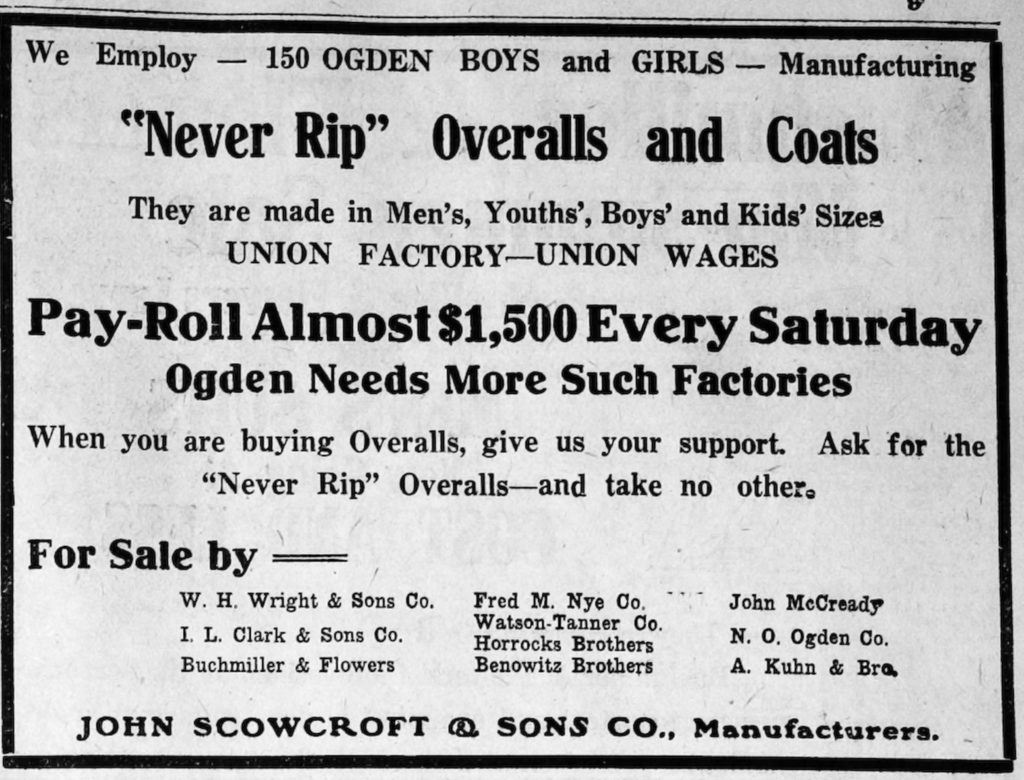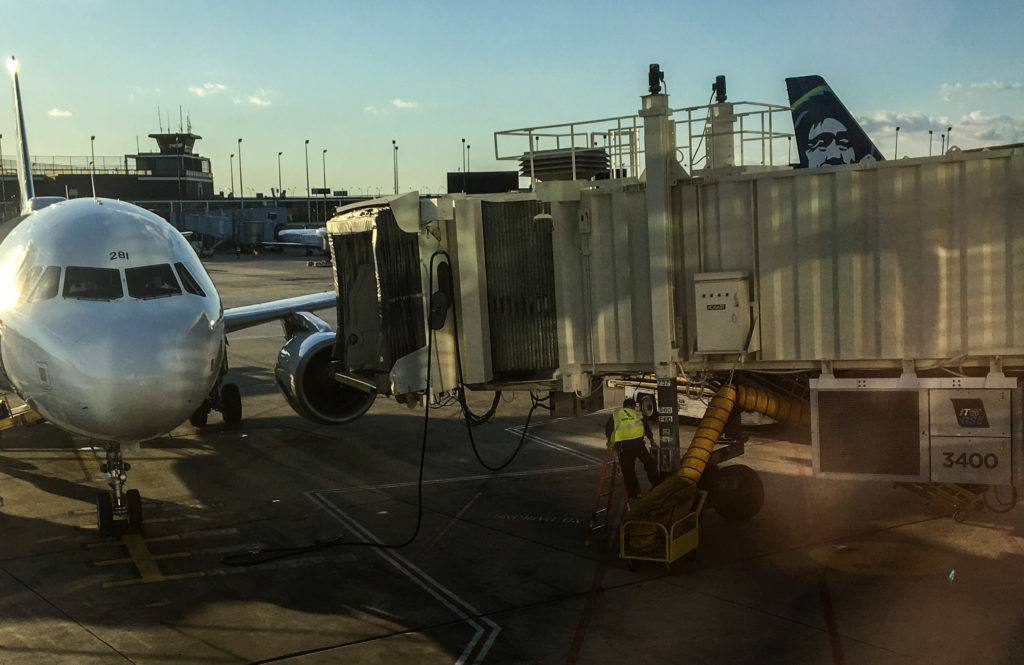What I really wish I had right now was a picture of 19-year-old me getting ready for my very first airplane flight, O’Hare to JFK, on the first leg of a trip to Ireland, my first time out of the country. But no picture from that day in September 1973 exists, so I’ll have to content myself with the memory of my excitement as the plane left the ground — I was actually whooping as the plane made a big turn to head east toward New York. Flying really was pretty cool.
That trip lasted three months. I left Chicago with two friends, Dan Shepley and Gerry Valenti. Dan peeled off for Germany and Oktoberfest a few days into the trip. Gerry and I spent the rest of September, all of October and November and most of December hiking and hitch-hiking around the country, mostly on the western coast. The centerpiece of the trip was a visit to Clare Island, at the mouth of Clew Bay off County Mayo. It was home to part of my mom’s family, O’Malleys and Morans, who had left for Chicago in the 1880s and ’90s.
We stayed with a second cousin of mom’s, Michael Joe O’Malley, for several weeks, getting more of a glimpse of what island life was really like than we had bargained for. There is a lot more to be said about Michael Joe and that stay, which I’ll try to do in the coming days. But the reason for remembering all of that today is that Kate, our son Thom and I are flying to Dublin in just a few hours for three weeks in Ireland. It’s my first time back since that trip I made as a teenager.
(And why haven’t I returned before? Maybe that’s something I’ll explore, too — an interior travelogue.)








